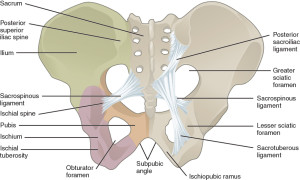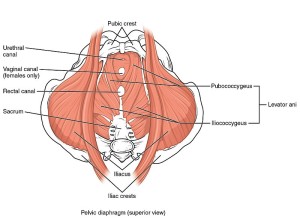
In honor of May being Preeclampsia Awareness Month, I have decided to blog about gestational hypertensive disorders. A wide spectrum of blood pressure related issues may develop during pregnancy. The mildest condition that may occur is gestational hypertension, which is development of elevated blood pressure after twenty weeks of gestation. Majority of women will experience spontaneous resolution of symptoms following delivery. However, according to Saudan et al in British Journal of Obstetrics and Gynaecology (1998), 15-25% of women who experience gestational hypertension will proceed to develop preeclampsia.
Preeclampsia, the next condition along the severity spectrum, is classified as elevated blood pressure (140/90 and higher) in women who had normal blood pressure levels within the first twenty weeks of pregnancy, proteinuria (excess protein in one’s urine), and edema (swelling). Full on eclampsia occurs if the symptoms worsen to the point that it interferes with brain function and causes coma and/or seizure. Vision difficulty, upper right abdominal pain, severe headache, or severe nausea and/or vomiting may be indicative of eclampsia, and immediate medical attention should be sought if one experiences these symptoms.
Women experiencing either preeclampsia or eclampsia may sustain what is known as the HELLP syndrome. HELLP is an acronym for the complications experienced:
• H – Hemolysis, breakdown of red blood cells, which play a crucial role in oxygen transport throughout the body
• EL – Elevated Liver enzymes, indicative of liver damage
• LP – Low Platelet count, which interferes with normal clotting
The etiology of these blood pressure disorders are unknown. Researchers are investigating many factors that may affect development of these conditions, including genetic, environmental, maternal nutrition, immunologic, cardiovascular, and hormonal factors. Scientists have suggested that globally, 5-10% of pregnancies are accompanied with preeclampsia (vs. 3-5% in the United States). 40-60% of maternal deaths in developing countries are due to preeclampsia. Risk factors associated with development of preeclampsia include hypertension or kidney disease prior to pregnancy, obesity, age (women younger than twenty and older than thirty five have a greater risk), known family history of preeclampsia, and multiple pregnancy.
Delivery of the fetus is the only cure for preeclampsia. Most health care providers view 37 weeks and beyond as a safe time to deliver the baby, however any sooner than 37 weeks is generally considered grey territory. On the one hand, delivery will be beneficial for the mother, but on the other hand, delivery will be detrimental for the fetus from a growth and development perspective. Women experiencing preeclampsia should discuss options and make these important decisions with their health care provider.
Hopefully, increased knowledge about these disorders can enable faster intervention and medical attention. I encourage you to spread the word about preeclampsia this May (and beyond)- you never know who you can help with a single conversation.




